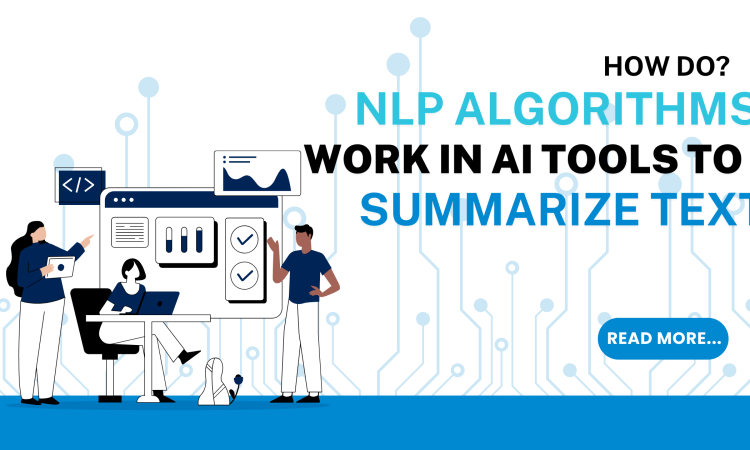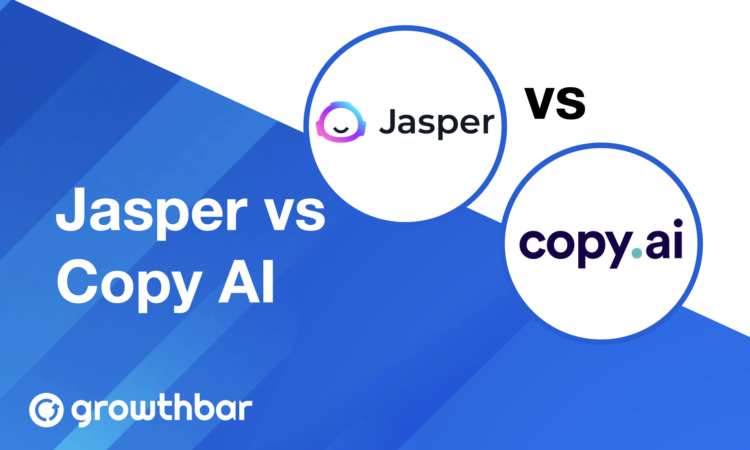- How Do NLP Algorithms Work In AI Tools To Summarize Text? - November 28, 2023
- The Future of Digital Marketing: What You Need to Know - October 31, 2023
- Mastering the Game: A Comprehensive Guide to Starting Affiliate Marketing - October 10, 2023
Ended soon
Natural Language Processing or NLP for short, is a way for Artificial Intelligence (AI) to correctly deduce the context and meaning behind texts like humans. It is a branch of Artificial Intelligence.
Historically, machines have been bad at gauging human language’s subtle nuances, but that is not the case lately. AI is quickly learning to adapt to our native language inputs. Any tool that has AI integrated into its core working process will greatly benefit from NLP algorithms.
Educational assistance tools such as text summarizers have been to work, harnessing the power of text summarization APIs in their coding.
The efficiency of their results has improved tenfold but the significance of NLP algorithms cannot be stated, it has to be demonstrated.
Let’s take a look at how exactly NLP helps AI tools methodically summarize text using two distinct approaches.
Extractive Approach With Sentence Ranking
There are basically two approaches when it comes to AI summarizing text. One is extractive and the other is abstractive. The extractive text approach, as the name implies, extracts important information i.e. sentences from the original text.
This is the standard way of summarizing texts anyway. In the backend, it’s based on word density. Meaning that each word in a sentence is assigned a value that is derived from how many times that single word appears in the particular text.
All this leads to ranking sentences depending on the cumulative values of words in them. Most important sentences make the final cut in the summarized text with the idea being that sentences with recurring words are most likely related to other sentences. The assumption is that these sentences contain information that can summarize all text.
Let’s demonstrate this method with a text summarizer offered by Editpad. The summarizer in question is an AI tool of the highest quality.
Hence why we chose it to showcase accurate results using an extractive approach. This text shortener has two modes. This is the result we get when using standard summarizer mode.

This is an article I’m working on. See for yourself how flawlessly it assessed the most important sentences in my introduction and summarized them appropriately. One thing to keep in mind is that this approach doesn’t produce any new words or sentences.
Abstractive Approach With Machine Learning
My favorite approach and one that has major implications for the future. Any text summarizer that implements this approach will get a serious rise in its result qualities.
Well for starters, it begins from scratch meaning it doesn’t just reiterate the main points of a text as does with the original text.
No, it actually crafts a new summary based on new words and sentences that the NLP feels best to summarize the original text.
NLP achieves this mission by, again, identifying the important parts of a text, realizing their context, and summarizing in a way that improves upon the original.
Take a gander below at how a text summarizer uses this approach in coming up with brand-new summaries. The summarized text shows the intricacies of NLP and its scope for the coming years.

In Summary
“Too long; didn’t read” or tl;dr is an actual response online users have when coming across a post that is too long to read. Oftentimes, people will adapt to this response by anticipating it in advance and summarizing the whole post at the end of it. A smarmy way of doing this is by using AI text summarizers to save precious time.
NLP algorithms are continually improving. In fact, by the time this article gets out, there will probably be better algorithms in AI tools utilizing NLP in different but equally productive ways.
The future has never been brighter for machine learning as we saw what NLP is capable of when implemented properly. Both NLP techniques used for summarizing texts have their pros and cons.
The extractive technique is a bit on the simpler side but requires less strain on your summarizer. The raw computational power required for an abstractive approach is intimidating but the results are unique.
I say if you can afford it then why not go for both? Not everyone will have the same requirements thus implementing both NLP techniques in your summarizer is better for the long haul.




